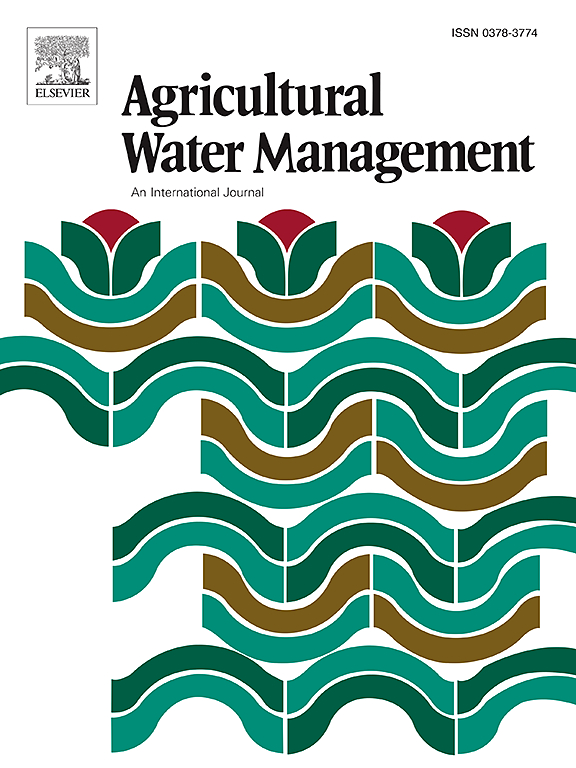Optimizing water-use efficiency under elevated CO₂: A meta-analysis of crop type, soil modulation, and enrichment methods
IF 5.9
1区 农林科学
Q1 AGRONOMY
引用次数: 0
Abstract
Elevated CO2 (eCO2) significantly affect the carbon-water cycle in terrestrial ecosystems especially for gas exchange and water use efficiency (WUE). Therefore, in this study, we have conducted a meta-analysis to quantitative statistical means among studies and discuss how WUE responds to eCO2 under pathway (C3 and C4), four enrichment methods and soil types based on 124 peer-reviewed studies and 1474 observations to provide an in-depth overview of how these factors interact under future CO₂ scenarios. Key findings reveal that: (1) C₃ crops, such as potato and tomato, show significantly greater increases in WUE compared to C₄ crops like maize, with effect sizes of 13.96 and 7.02 for plant-level WUE (WUEₚ), suggesting that C₃ crops may be more advantageous in water-limited environments due to reduced photorespiration under eCO₂; (2) soil type substantially modulates WUE responses, with clay soils, due to their high water-holding capacity, demonstrating the highest WUE enhancements (effect sizes of 7.87 for WUEₚ and 12.54 for yield WUE, WUEᵧ), while sandy soils, characterized by rapid drainage, showed limited improvements; and (3) greenhouse and growth chamber studies displayed the highest WUE improvements, while FACE experiments, which better replicate real-world conditions, indicated smaller WUE increases due to environmental variability, underscoring the need for a hybrid approach that merges controlled data with field insights to develop practical, water-efficient agricultural strategies. Collectively, these findings highlight the potential for crop- and soil-specific strategies to optimize WUE under elevated CO₂, offering valuable insights for sustainable agriculture and climate adaptation.
求助全文
约1分钟内获得全文
求助全文
来源期刊

Agricultural Water Management
农林科学-农艺学
CiteScore
12.10
自引率
14.90%
发文量
648
审稿时长
4.9 months
期刊介绍:
Agricultural Water Management publishes papers of international significance relating to the science, economics, and policy of agricultural water management. In all cases, manuscripts must address implications and provide insight regarding agricultural water management.
 求助内容:
求助内容: 应助结果提醒方式:
应助结果提醒方式:


